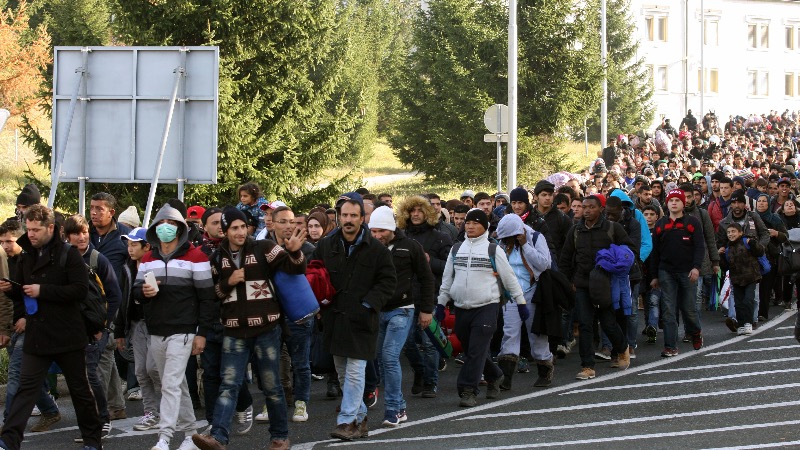 Image Credit: vichinterlang / Getty
Image Credit: vichinterlang / Getty Germany is not only facing a shortage of skilled workers but also a growing demand for low-skilled labor, prompting calls from major industries and trade associations to expand and streamline immigration pathways.
According to Welt, businesses such as the Deutsche Post, Deutsche Bahn, and the hospitality sector are advocating for simplified procedures to hire foreign labor, particularly for basic operational roles.
“Only through an open and pragmatic immigration policy can we successfully overcome the challenges of the labor market in the future,” said Thomas Ogilvie, Chief Human Resources Officer at Deutsche Post, in comments to Frankfurter Allgemeine Sonntagszeitung. He stressed that the shortage is not confined to specialists but extends to workers for fundamental activities across sectors.
Sandra Warden, Managing Director of the German Hotel and Restaurant Association (Dehoga), echoed this sentiment, arguing that the country cannot rely solely on formally qualified professionals. “If German companies give foreign workers a proper employment contract, working in Germany must be possible,” she told the paper.
A Deutsche Bahn spokeswoman similarly supported immigration as part of the solution, noting that “every hire for operational positions is important to us.”
Over the past decade, restaurants, parcel delivery firms, and transport providers have become key employers of refugees. Yet, this comes amid striking statistics: Nearly 40,000 students leave German schools each year without qualifications, and some 2.9 million people between the ages of 20 and 34 in Germany lack a vocational certificate or university degree.
Failing to utilize their domestic labor pool, European leaders have largely favored immigration to fill the gaps, opting for economic expediency over deeper reforms in education, job training, or structural labor incentives. Germany is no exception.
One stark example of demographic change comes from Berlin. Official figures show that the number of Indian nationals in the city skyrocketed from 3,579 in 2014 to 41,472 in 2024 — an increase of over 1,000 percent. Across Germany, Indian nationals now number 274,910, ranking fifth among source countries for net immigration behind Ukraine, Syria, Afghanistan, and Turkey. While many work in IT or healthcare, a growing number are entering through study or family reunification channels. In 2024, the number of Indian students surged by 40 percent compared to recent yearly averages.
Legal immigration has now become the dominant driver of demographic shifts across Europe. Proponents point to its benefits for economic growth, but critics warn that it strains integration capacity, drives up housing costs, and reshapes national identity too rapidly for communities to adjust.
Germany’s new laws allow immigrants to apply for citizenship after just three years of residence under certain conditions. In 2024, a record 249,901 foreigners became German citizens — more than the population of cities like Chemnitz. Notably, these figures exclude three states: Lower Saxony, Saxony-Anhalt, and Schleswig-Holstein, and thus will be far greater in reality. Syrians and Turks led the nationalities gaining citizenship.
Berlin alone, under its CDU-led administration, is targeting 40,000 new naturalizations in 2025, raising concerns about the adequacy of language standards, potential legal loopholes, and the lack of thorough political screening.
These rapid changes have sparked renewed debate about long-term consequences. Earlier this month, former Bundesbank executive and author Thilo Sarrazin, known for his 2010 book warning of unchecked immigration, said recent figures exceed even his most dramatic forecasts. “I predicted that within a few decades, Germans would become a minority in their own homeland. But it will come much sooner,” Sarrazin said.
While only 15 percent of people over 65 in Germany have a migration background, that figure rises to 45 percent among 15-year-olds and exceeds 50 percent among newborns. According to Sarrazin, ethnic Germans currently account for just 40 percent of births. “These are the figures that are decisive for what the German population will look like in 2070, given that we are only about two generations away from it.”
He projects that by 2070, about 80 percent of all births will be to non-German mothers, with the majority coming from Muslim backgrounds. “That is my estimate today, but the situation could get even worse… if another sudden wave of mass immigration comes,” he warned.
BREAKING LAWFARE ALERT: The Democrats Have Launched A New Desperate Attempt To Close Infowars



